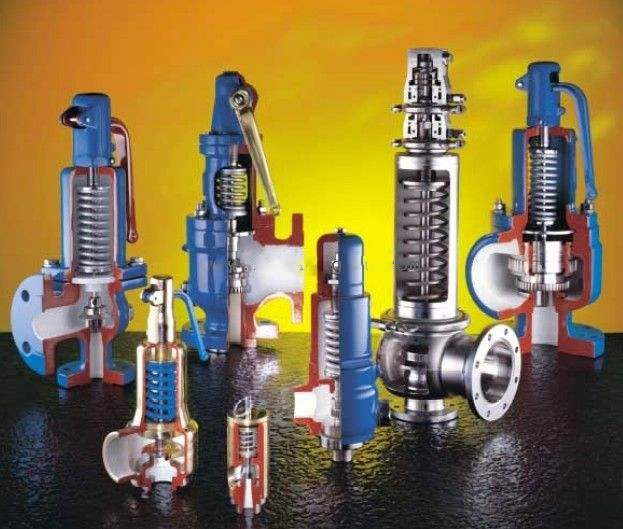Leakages beyond nominal range occuring in the parts between safety valve clacks and seats which should be sealed will result in losses of media and damage of sealing materials. Generally, sealing surfaces of
safety valves are made of metal materials and are made to be smooth and even. However, it is unlikely that
safety valves can be completely sealed due to secondary pressing of media with pressure. Under the condition of nominal pressure, we can simply inspect
safety valves which contain steam as their media by eyes and ears. There are several reasons for leakages of
safety valves:
(1) There are dirt and sundries on sealing surfaces which will block and separate the planes of the original sealing surfaces, resulting in a gap in the valve spool and seat and the leakage of the
valve. Usually, we can remove the dirt and sundries on the sealing surface in order to solve this kind of problem. When boilers are suspended for maintenance, we need to run a thermal expansion test for the safety valve. There should be an overall maintenance if we find out any leakages. Usually, thermal expansion test should take 20 minutes after the boiler is completely cooled.
(2)There are damages on sealing surfaces. Many factors can cause the damage, for example, disqualification of sealing surface materials. When
safety valves are used for years, their sealing performance easily gets worse due to continual opening and closing as well as maintenance. The measure to solve this problem is to cut the original sealing surface into an even surface, and weld the surface for the second time based on the original drawing so as to enhance its hardness and strength. We must not be sloppy about damages on sealing surfaces.
(3)There are overhaul quality problems for
safety valves. Grinding processes of safety valves' spools and seats can not reach a certain standard due to poor maintenance. We can use grinding or even turning methods to restore sealing surfaces based on their severity.
(4) There are problems of improper assembling or wrong size of the parts. In the whole assembling process, not fully aligned safety valve spools and seats, light leak of the joint surface and loose parts between the valve spool and seat can all cause sealing problems. The solution is to strictly check the length, width and distribution of the gap which is next to the valve spool, to ensure that gaps between different parts don't lift the valve spool and to reduce the width of the sealing surface for better sealing according to the data on the drawings.
